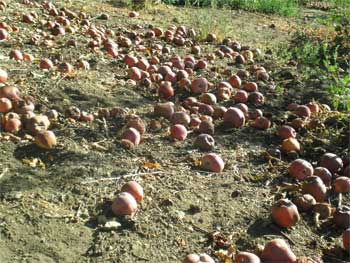March 1

You may be aware of the United States’ 13-year experiment with prohibition back in the, well, Prohibition Era (1920-1933).
But it is a testament to the stout-hardiness of the Icelandic people that they kept up their beer ban for over five times that long: a full 75 years. Iceland was beer-free between 1914 and 1989 — a time period that roughly mirrors the entire existence of the Soviet Union.
The beer ban was finally repealed on March 1, 1989.
Nine months later the Berlin Wall fell, followed by the collapse of the Soviet Union.
If you doubt the causal connection between these events, it is a clear indicator that you have not sufficiently participated in the celebration of Beer Day, a ritual which entails consuming your weight in the hop-filled elixir.
Just to clarify, the Icelandic people did have some help during the dark days of prohibition, and from an unlikely ally. The Spanish and Portuguese declared they would not import Iceland’s salted cod unless Iceland imported some Iberian red wine. Thus, wine was legalized while beer remained taboo.
Twenty years after the repeal, Iceland boasts one major brewery for every 100,000 people.
Which means three.
Yes, Iceland has about 300,000 people, less people than the L.A. School District, grades 7 through 12.
Iceland’s low population growth has be attributed to the fact that — in case you haven’t been paying attention — beer was illegal there for 75 years.

How Can I Do My Part to Celebrate this Historic Holiday?
Every year thousands of Americans stand in solidarity with the Icelandic people, commiserating their tragic 20th century beer drought by imbibing a round of Icelandic beer, or whatever beer happens to be nearby.
However, Americans don’t celebrate Iceland Beer Day on March 1, but whenever they get around to it, usually in April.










 Okay, not what I had in mind.
Okay, not what I had in mind.







